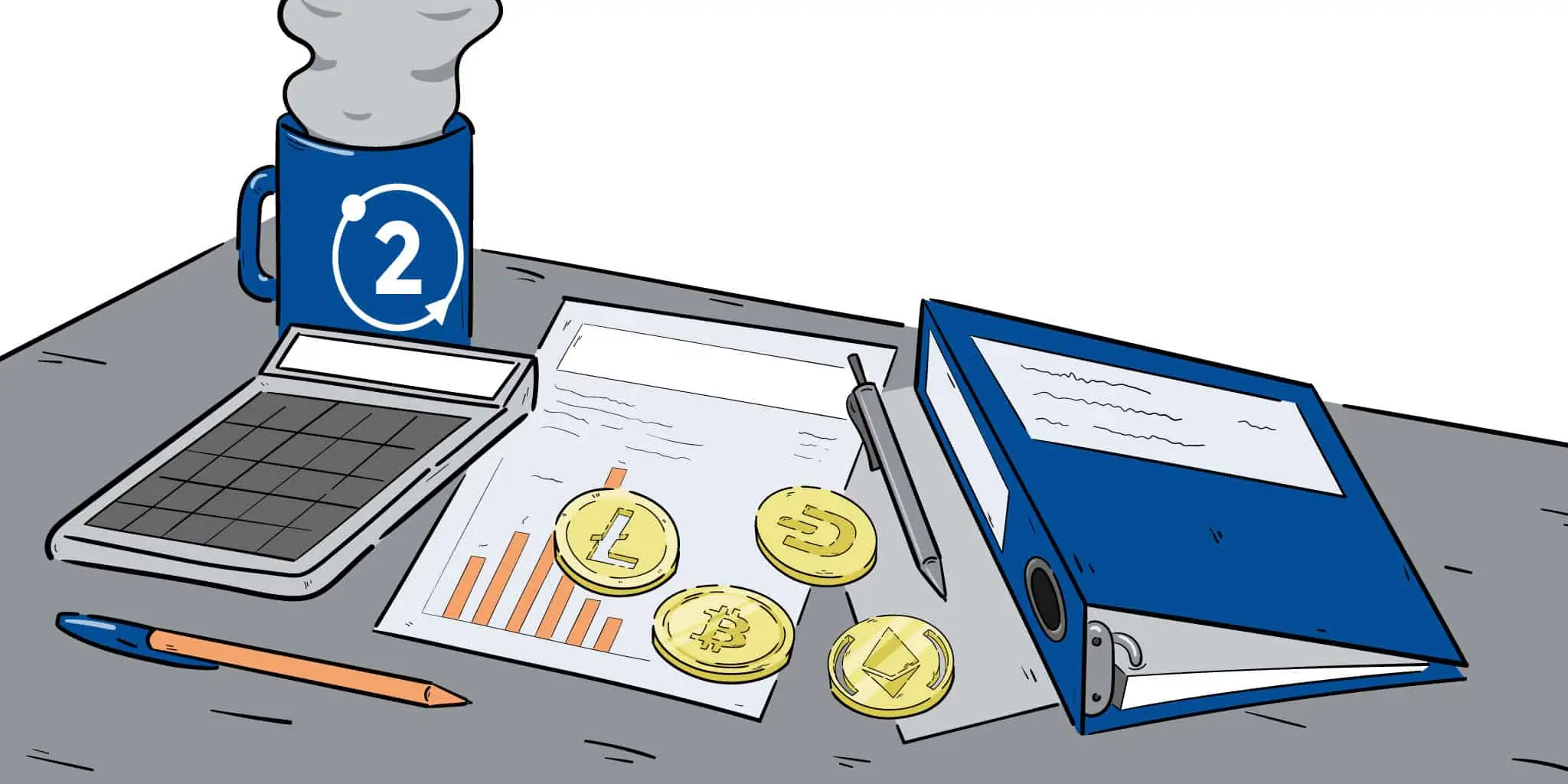
When Bitcoin was born in 2009, many saw it as a technological experiment or a curiosity for enthusiasts. Over time, its explosive value made it a magnet for investors, with stories of sudden millionaires and drastic crashes dominating the headlines. However, in 2025, cryptocurrencies are turning a corner: they are no longer just about speculating on the market, but about using them in everyday life. From buying a coffee to sending money halfway around the world, digital currencies are proving they can be more than just a financial asset. This article explores how cryptocurrencies are finding a practical place in everyday life and what this means for their future.
From the screen to the street: a new utility
The shift began to take shape when cryptocurrencies stopped being just numbers on a screen and became functional tools. One of the most visible examples is El Salvador, which in 2021 adopted Bitcoin as legal tender. More than three years later, Salvadorans can pay in BTC in supermarkets, restaurants, and even small local stores thanks to the Chivo wallet and a network of ATMs. Although adoption has not been massive — many prefer the dollar for its stability — the experiment has shown that cryptocurrencies can be integrated into a real economy, especially in a country where a large part of the population does not have access to banks.
Outside of El Salvador, companies like Bit2Me have expanded the use of cryptocurrencies by allowing users to spend them directly. With debit cards linked to digital wallets, you can use Bitcoin, Ethereum or stablecoins like USDC to buy everything from airline tickets to clothing at online retailers like Amazon or at chains like Starbucks.

Course on Taxation of Bitcoin and other Cryptocurrencies in Spain (only in Spanish)
Medium levelLearn from experts in the Tax area all the details about the taxation of cryptocurrencies in Spain.
A lifeline in unstable economies
In regions where local currencies are rapidly losing value, cryptocurrencies have found an even more critical purpose. VenezuelaIn Venezuela, for example, hyperinflation has rendered the bolivar a nearly useless currency. There, crypto platforms allow citizens to receive remittances in cryptocurrencies from abroad, avoiding the high costs and restrictions of traditional banking systems. They can then exchange them for goods or dollars on the informal market. According to Chainalysis, Venezuela is among the countries with the highest per capita adoption of cryptocurrencies in 2025, a reflection of how these digital currencies offer an alternative in times of crisis.
Argentina, with its own struggle with inflation, follows a similar pattern. Argentines use stablecoins like DAI or USDC to protect their savings from the devaluation of the peso, while some freelancers accept crypto payments directly from international clients. This practical use not only bypasses the limitations of the local financial system, but also empowers individuals in volatile economies.
Beyond borders: global payments and microtransactions
Cryptocurrencies are also revolutionizing international transfers. Sending money to another country through banks can take days and cost up to 7% in fees, but with Bitcoin or networks like the Lightning Network, transactions are completed in minutes for fractions of a cent. Humanitarian organizations have begun using crypto to send aid to conflict zones where traditional systems fail, such as in Ukraine after the 2022 invasion, when millions in cryptocurrency donations went directly to those affected.
In the digital realm, microtransactions are another booming use case. Platforms like Brave Browser reward users with Basic Attention Token (BAT) for watching ads, while content creators on Twitch or YouTube accept donations in crypto. This cuts out middlemen like PayPal and reduces costs, benefiting both creators and consumers.
By 2025, the integration of cryptocurrencies into mobile apps, the increase in acceptance points, and the improvement in user experience are breaking down barriers. If this trend continues, we could be witnessing the dawn of an era where cryptocurrencies not only complement, but directly compete with traditional money.



